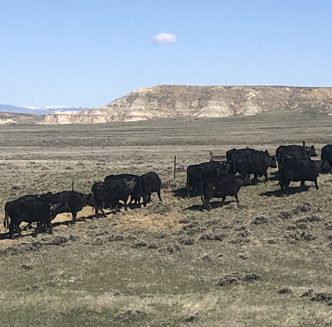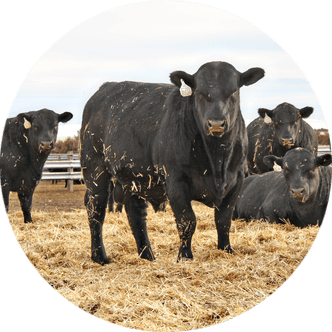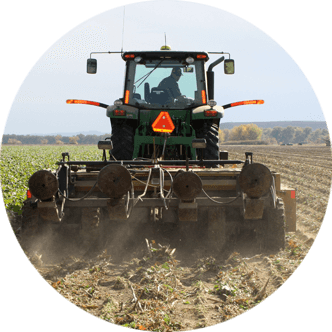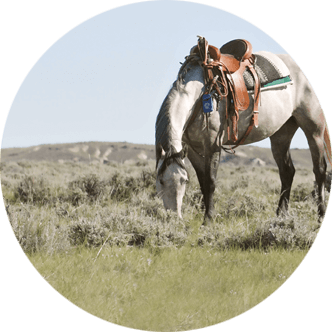Ag Disaster Impacts Last for Years, But Can Be Shortened with Preparedness and Mitigationand
Many disasters impact agriculture producers and rural communities including drought, wildfires, floods, blizzards and others. Most of these generate impacts which drag on for years and can change the face of communities and the structure of families.
Although these impacts cannot be totally removed, most can be reduced by making changes, which is referred to as mitigation, or generating better response structure via preparedness.
Since some disasters are often tied together – such as drought and wildfire occurrence – communities can learn to forecast the potential of disasters and work together to be ready.
Disasters are incidents that overwhelm emergency response capability. The reality is, we don’t have local resources to cope, and they are usually in the middle of the impact zone.
Several principles drive disaster response and recovery.
We must communicate within our communities to identify what resource capabilities we have and what the role of each is.
We must learn to coordinate resources and expertise for effective and rapid responses.
We must collaborate on both response and recovery efforts within an impact area.
We must cultivate an approach of partnership and awareness where damage to community resources are protected at the highest level.
We must continue to practice coordination even when we have not had an incident in years or generations.
All types of mitigation can reduce impacts. Examples are prescribed grazing, wind breaks, standby equipment and an updated contact list.
Effective agriculture disaster response and recovery takes producers, community leaders, state agencies, financiers, brand inspectors, veterinarians, media, law enforcement, fire officials and a bunch of others.
I thank the Wyoming Livestock Roundup, University of Wyoming Extension, Wyoming Stock Growers Association, Wyoming Wool Growers Association, Wyoming Farm Bureau and a wide number of partners who have helped us develop and conduct other trainings which are still available including responding to livestock transportation accidents, counter-terrorism at livestock exhibitions and fairs, strengthening county agro-security planning, deploying and using portable corral and chute systems, managing and controlling disease outbreaks on rangelands and at exhibitions, mass mortality management, handling livestock in disasters, producer safety during disasters and understanding disaster declarations and programs.
Producers and rural community members have strong determination, resolve and heart, but when things go way over our heads, we need to know how to call up more resources.
The entire process is referred to as resilience, and it fits Wyoming well. It’s a neighbor attitude.
On April 23, the Washakie County Conservation District and the Washakie County Emergency Management Office are holding a community meeting and training, with lunch provided, to go over the process of forming a county agriculture and animal response team, a practical livestock evacuation during wildfire exercise and setting up an animal and livestock shelter.
This one-day session will address some of the concerns Washakie County has for the coming year.
For more information and to register, contact Amanda Konkowski by e-mail at wccd@rtconnect.net or by phone at 307-347-2456, ext. 101.
Scott Cotton is the owner of B Heart Resources and Readiness and has over 30 years of experience in agriculture disaster training. He is also a former University of Wyoming Extension rangeland management educator. He can be reached at bheartcotton@msn.com.





